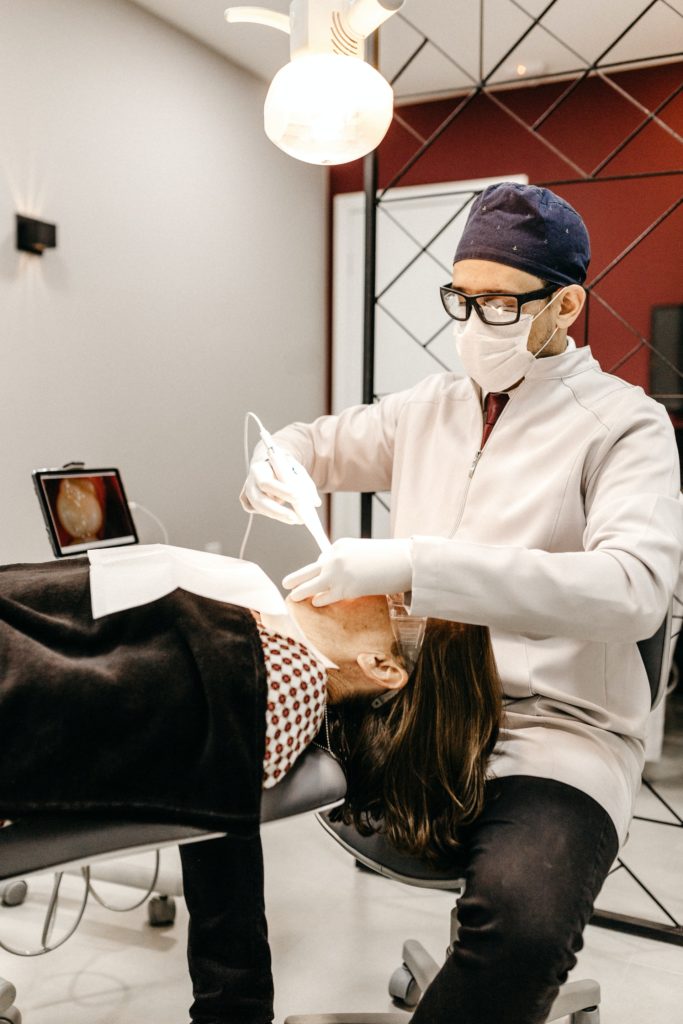A root canal treatment is a dental procedure done to clean out a tooth’s nerve and blood supply while disinfecting it against bacteria and debris. It is commonly done in cases of extensively decayed teeth that cannot be restored by simple fillings. The root canal treatment protects the infection of the tooth from spreading and from getting infected again.
A tooth will continue to function normally even after its nerve supply has been cleaned out. The nerves and blood vessels of the tooth are essential during the development of the tooth. After the tooth’s complete eruption into the oral cavity, the nerve supply only serves a sensory purpose. It is not required for the day-to-day functioning of the tooth.
While root canal treatments can be carried out by a general dentist, sometimes, you may be referred to an endodontist for the procedure. An endodontist specializes in root canal treatments and all other procedures related to the health of the tooth’s inner components.
Procedure for a Root Canal Treatment

- The root canal treatment begins with an initial assessment of the tooth through oral examination and diagnostic tools like dental x-rays. X-rays allow dentists to visualize the root canals and assess the level of infection in the canals and in the surrounding bone. Root canal treatments are usually only done on teeth that are determined by the dentist to be salvageable.
- After deciding on the course of treatment, the dentist numbs the tooth using a local anesthetic. A rubber dam is then placed around the tooth to isolate it from contamination and allow for better visualization of the tooth.
- The dentist will use progressively larger files to clean and shape the root canals until their walls are smooth and free of all infection. Intermittent irrigation with sodium hypochlorite and saline water is also done to disinfect the root canals further.
- Once the tooth is entirely rid of the infection, the dentist will then place a biocompatible filling material into the root canals to completely seal them off; the most commonly used material is a plastic agent known as gutta-percha.
- Since root canal treatments are often completed in multiple sittings, a temporary cement is placed into the tooth chamber to seal it against contaminants like saliva and bacteria between each sitting. The temporary cement is also placed at the end of the procedure until the tooth can be permanently restored. Most dentists prefer to wait for at least a week before the placement of a permanent restoration to allow the tooth to recuperate completely.
- Most teeth, especially those with extensive decay, lose a substantial amount of their structural integrity by the time a root canal treatment is completed. For this reason, dentists usually advise the patient for a dental crown after the completion of a root canal procedure.
Taking measures to prevent infection of the tooth can help you avoid root canal treatments. To know more about the procedure and its implications, get in touch with our expert staff at Anoka Dental.




